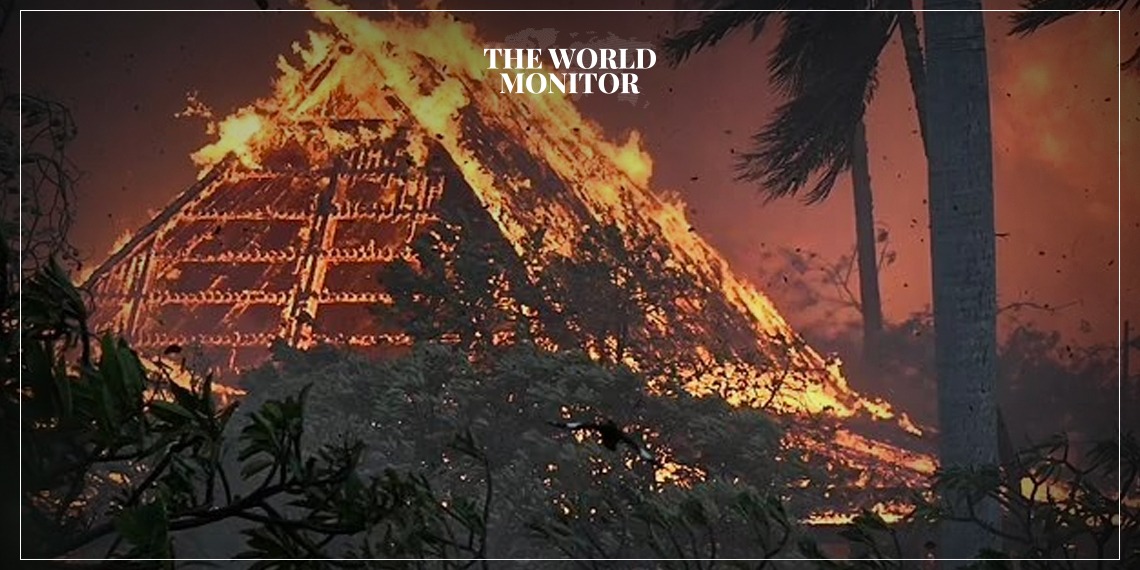In a somber revelation, authorities on the island of Hawaii confirmed the death of 97 individuals in the recent forest fires that ravaged vast portions of the island last month. The tragedy is shaping up as one of the deadliest wildfires the United States has witnessed in a century.
According to a report by American network ABC today, Saturday, the number of missing persons, initially pegged at 66, has now been reduced to 31. The authorities have discovered several survivors who took refuge in unfamiliar homes or vehicles to escape the inferno’s wrath.
Officials warn that as investigations progress, the casualty figures might rise further. They underscored the possibility of the death toll increasing, emphasizing the unprecedented lethality of these fires.
Hawaii, primarily known for its breathtaking beaches, rich culture, and iconic volcanoes, has now found itself grappling with devastating wildfires. Forest fires are not uncommon in certain parts of the U.S., especially areas like California. However, the scale and intensity of this tragedy on the island have alarmed both local residents and environmental experts alike.
This recent catastrophe reiterates the increasing concerns about climate change and its potential effects on regions previously considered safe from such disasters.
Hawaii, often associated with serene beaches and tropical rainforests, is now grappling with an unexpected adversary: forest fires. Despite its reputation for regular rainfall and moist climates, the Hawaiian islands have been experiencing prolonged dry conditions that have left forests susceptible to wildfires.
What’s Happening?
In recent weeks, firefighters and emergency response teams have been stretched thin, battling multiple forest fires across the islands. The dry spell, combined with occasional gusty winds, has turned parts of the normally lush Hawaiian landscapes into tinderboxes.
The native flora, accustomed to regular rains, has struggled in the persisting drought, making the vegetation more flammable than usual. Additionally, the introduction of non-native grasses and shrubs over the decades, which dry out quickly, has added to the fire risk.
Response and Efforts:
State and local fire departments, along with the help of federal agencies and volunteers, have been working around the clock to contain the spreading fires, protect local communities, and ensure the safety of both residents and tourists.
Officials have also sought assistance from the mainland, requesting additional firefighting resources and equipment to tackle the escalating situation.






